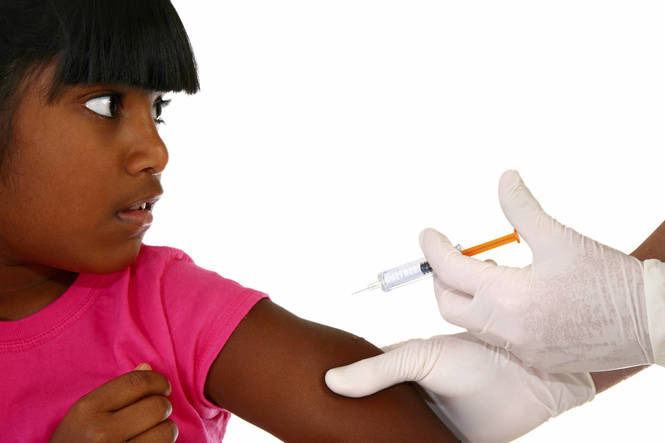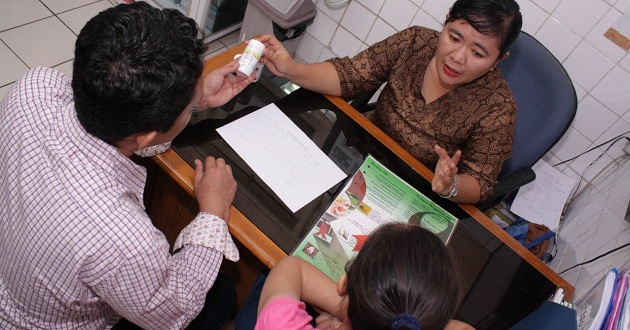Life can sometimes seem like an endless barrage of accolades and admonishments, with each propelling you from one moment to the next. Whereas the thrill of achievement is fleeting at best, the fallout from a mistake can seem like an endless freefall. When it comes to HIV, those who live with the virus can often feel as if it is the ultimate mark against them; forever diminishing any future good deeds or successes to come. But this feeling, whether it stems from HIV or any other moment or action you regret, is merely a result of self-induced shame and guilt.
And it is complete and total bullshit.
Just think about it. A life without mistakes or missteps is not a life at all, or at least not one that sounds very exciting. Conversely, a life worth mentioning is filled with excitement and regret, love and heartbreak, adventures and mistakes, and maybe even an STD. Of course, it’s best to avoid anything that is bad for you, sexual or otherwise. And while that is a nice quote to stitch onto a pillow, it is all but worthless to you in real life. Because in the Technicolor world, personal growth comes from the aftermath of doing things we sometimes regret.
Unfortunately, the social stigma and blinding fear associated with HIV often hinders people from growth. Instead, many people choose to live in the shadow of their former selves and rest on the notion that they will never be able to have the life they once had. They do this even though all of the pieces are sitting there just waiting to be but together again. No, nott just put back together, but improved upon. Restored, renovated and upgraded.




